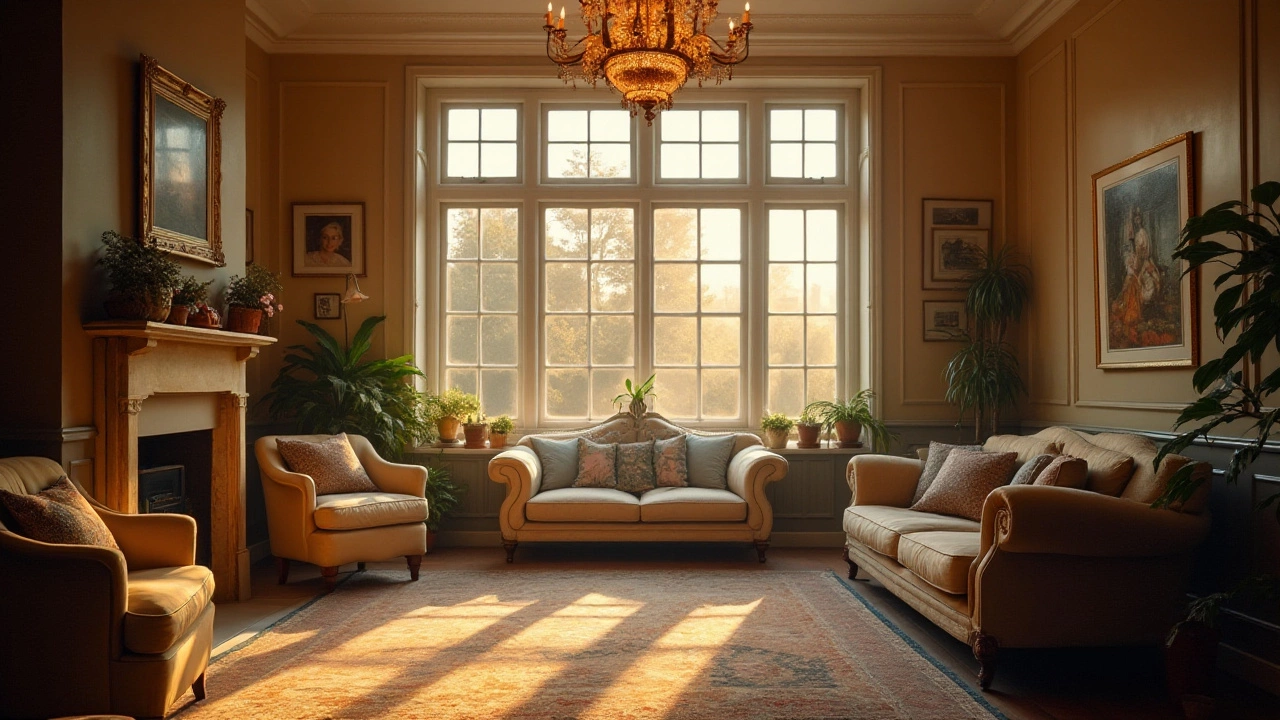LED Lights: Bright, Energy‑Saving Ideas for Every Home
LED lights are everywhere now, and for good reason. They use far less power than old bulbs, last years longer, and give off a clean light that works well in any room. If you’re thinking about a remodel, adding new flooring, or just want a quick upgrade, LED lighting can make a big difference without breaking the bank.
Why Choose LED Lights?
First off, LED bulbs waste almost no energy. A 10‑watt LED can replace a 60‑watt incandescent and still give the same brightness. That means lower electricity bills and a smaller carbon footprint. Second, LEDs stay bright for up to 25,000 hours – you’ll change them far less often than with traditional bulbs. This is especially handy in hard‑to‑reach spots like under‑floor lighting or high ceilings.
Third, LED technology gives you control. You can pick warm, neutral, or cool tones, dim the light, or even set up colour changes with smart apps. Warm tones (2700‑3000K) create a cosy vibe for living rooms, while cooler tones (4000‑5000K) work well in kitchens and workspaces. If you’re installing LED strips under cabinets or along stair treads, the colour temperature can help highlight the floor without looking harsh.
How to Pick the Right LED for Your Space
Start with the purpose. Do you need bright, task‑lighting for a kitchen island? Go for a high‑lumens LED downlight or a focused spot. Want a gentle glow above a bedroom dresser? A low‑lumens, warm‑tone bulb in a soft shade does the trick. Check the label for lumens (the brightness) and watts (the power use) – higher lumens mean brighter light, regardless of wattage.
Next, think about placement. For floor‑level lighting, LED strips are a cheap way to add a subtle glow that highlights new wood or laminate. Choose strips with a waterproof rating if they’ll sit near moisture, like in bathrooms. When you install LED recessed lights over a hallway, space them every 4‑6 feet to avoid dark spots.
Don’t forget dimming. Not all LEDs work with every dimmer, so look for “dimmable” on the packaging and match the bulb to a compatible dimmer switch. Dimming lets you set the mood for movie night or brighten up when you’re cooking, all with the same fixture.
Finally, consider quality. Cheaper LEDs can flicker or change colour over time. Stick with reputable brands and read reviews that mention lifespan and colour accuracy. A solid LED might cost a bit more upfront, but it saves you money and hassle later.
Putting LED lights together with new flooring can boost both style and function. Imagine a sleek engineered hardwood floor lit by soft LED strip lighting that runs along the baseboard – the light adds depth and makes the floor look richer. In a bathroom, waterproof LED vanity lights give clear illumination for grooming while highlighting tiled floors.
To sum up, LED lights are a versatile, cheap‑to‑run upgrade that works well with any flooring project. Pick the right brightness, colour temperature, and dimming option for each room, and you’ll get a brighter, more efficient home that still looks great. Ready to try LED lighting? Start with one room, test a few fixtures, and watch your energy bill shrink while the space feels fresh.
Best Home Lighting Options for a Cozy Ambiance
- Gavin Whitaker
- |
- |
- 0
Choosing the right lighting for your home involves balancing function and aesthetics to create spaces that are both practical and inviting. From ambient light that sets a mood to task lighting for focused activities, each type plays a role. This article explores different lighting options, offering useful tips and interesting facts to help you pick the best lights for your home. Understanding how various light sources affect mood and energy can transform your living space into a personalized haven.
View more